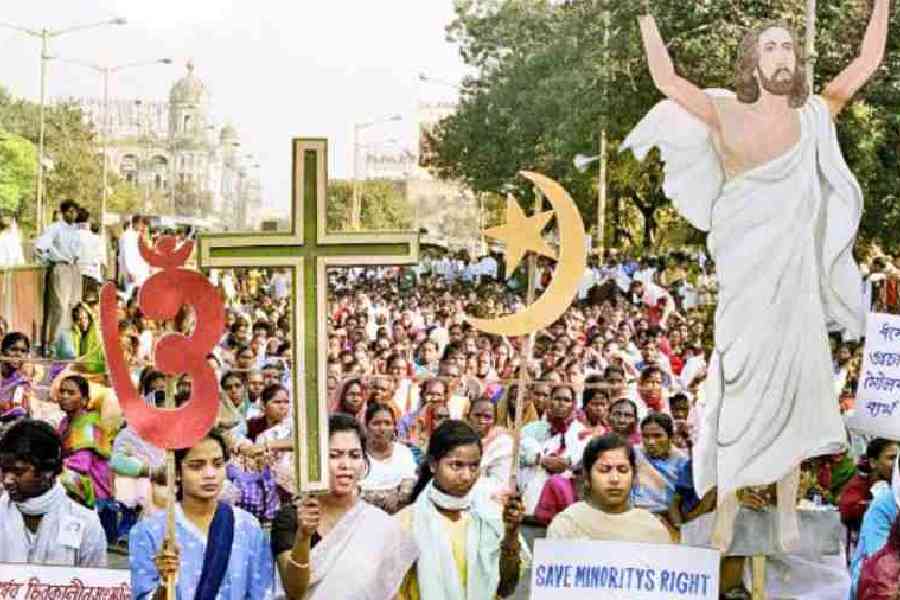Talk of segregation usually brings to mind South Africa’s brutal experience of apartheid. But segregation in India, which is as embedded and older, must not evade scrutiny. That specific communities — Muslims and scheduled castes, in particular — continue to shoulder the burden of this discrimination has been revealed, once again, by a recent, illuminating study. Research by Dartmouth College’s Development Data Lab has found that segregation — ghettoisation — is pronounced in Indian cities and villages, with Muslims and SCs residing in localities with an overwhelming presence of members from their own community. The data are revealing and depressing. It is estimated that 26% of Muslims in urban areas reside in neighbourhoods where more than 80% of residents share their faith; similarly, 17% of urban SCs live in localities with a disproportionate presence of their castes. There is, the study has found, an attendant anomaly. The presence of public utilities, such as schools and hospitals, is markedly poor in these areas. For instance, a ‘Muslim’ neighbourhood is less likely to have a public secondary school when compared to areas with mixed populations. Facilitators of private education remain unwilling to plug the breach. Significantly, the patterns of discrimination against both communities need not be even. For instance, when it comes to such public utilities as schools and clinics that are provided entirely by the government, the disadvantage in a Muslim-dominated locality is double that of an area with a heavier concentration of SCs.
Several inferences can be drawn on the basis of these figures. Cities, for one, remain an important crucible to delineate structural inequalities. There is thus a case for greater investment of research resources to examine such spatial sites. Another inference concerns the widening inequality in wealth. But the most glaring conclusions concerns the seeming failure of India’s assimilation project. The segregation of communities on grounds of caste or faith and their unequal access to public facilities can only be attributed to the existence of broader prejudices that successive political regimes have failed to address. Worse, these divisions seem to be hardening in New India. The prime minister, as is his wont, may have passed the burden of the failure to uplift Muslims on his opponents but Narendra Modi’s own record of protecting the fragile harmony and equality among faiths and castes is abysmal. The recovery of India’s shredded secular fabric is predicated on the redressal of endemic discrimination — spatial, economic, social — that has been revealed by India’s cities and villages.











